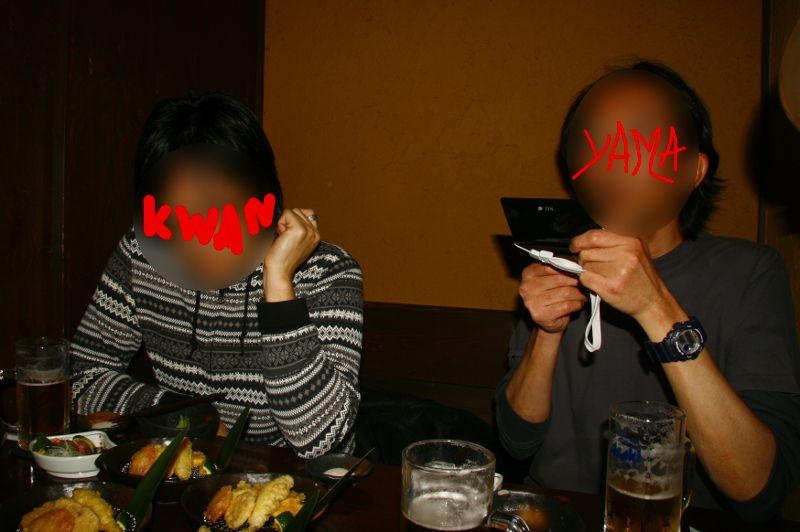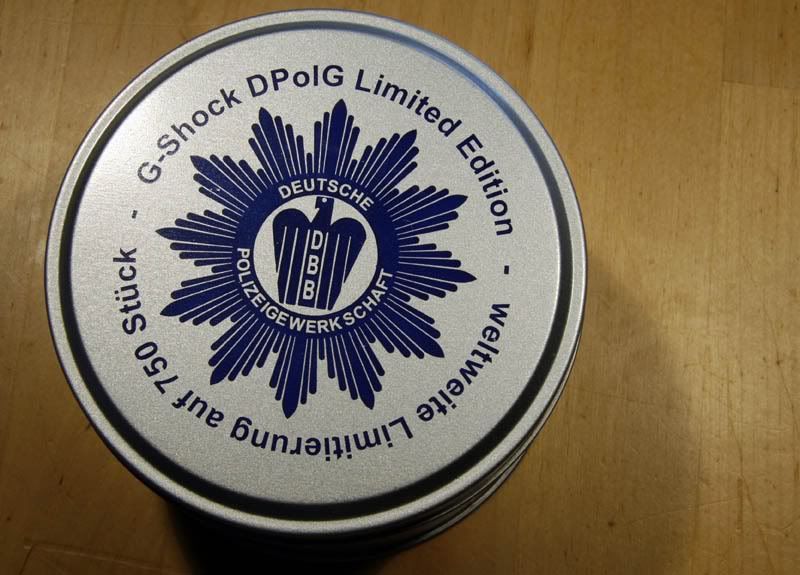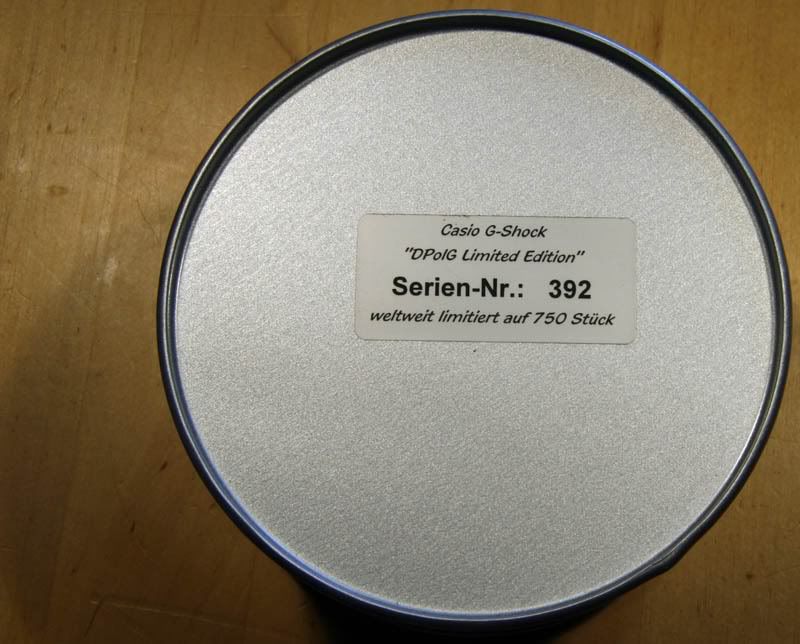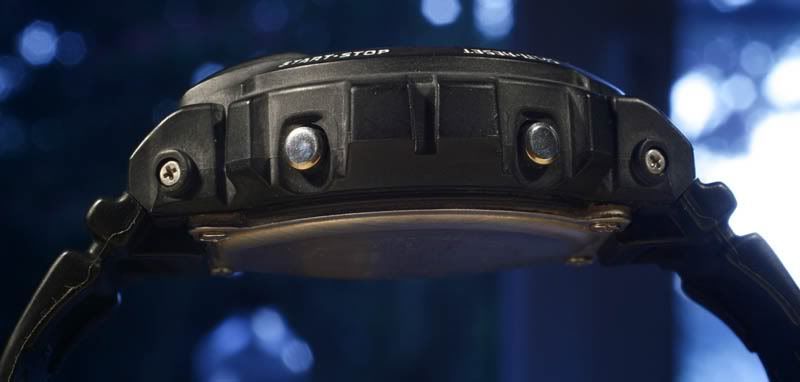I just returned from a 11 day visit to Japan. Of course I went there to feel and see the Japanese culture, but you can probably guess my main goal. G-Shocks. I traveled with a good friend, who has nothing with watches at all, but who is interested in architecture and art. I think it’s an interesting combination, because only looking for G-Shocks for 11 days will be getting very boring.
We stayed in two places, Kanagawa (about 60 minutes by train from the city centre wards like Shibuya, Shinjuku and Ginza) and Kyoto (right next to the station).
Before I left I organized a meeting in Tokyo with my blog friend Kenichi. In Kyoto Yamazaru-san organized a dinner for us with Kwan (a vintage G-Shock collector) already before we left.
It’s good to know G-Shockers worldwide can rely on each other. At the first evening in Kyoto I went out shopping in Big Camera (and bought a yellow GF-8250 Frogman). While I was having fun with shopping, Yamazaru-san had already checked the hotel and found my friend. Together they waited for an hour (while I was photographing almost every detail of the Kyoto station in almost every possible position).
It was a great surprise to meet a G-Shock legend for real. I think we both had that same feeling. When I just started collecting, I already had contact with Yamazaru-san, who was at that time better known as “Risefreak”.
We ended that night at a traditional Japanese bar. Kyoto is known for the women wearing traditional kimonos and so we were served by traditional dressed women.
Next day we went for a long walk through Kyoto, visiting temples and at the end of the day we went shopping for clothes. Well, for me shopping for clothes in Japan is a big deception. I wear EU/US size XL and in Japan most biggest sizes are L. Actually Japanese XL is like a EU size L. I had seen great shirts and hoodies in the Stussy and X-Large store. Finally I found two nice shirts at Bape Exclusive. Luckily it was sale.
For G-Shocks I actually only found the Yodobashi and Big Camera, where the Big Camera had a slightly bigger selection. I have not seen any 2nd hand store. Next day we visited Fushimi-ku, the ward where Yamazaru-san lives (20 minutes from Kyoto station). Fushimi-ku is known for the Sake production and the inn where a failed assault on Ruichi Sakamoto took place in the 19th century.
We visited the inn and a sake factory, but the highlight was visiting Yamazaru’s house and family. I have seen his Daughter grow up the past 3.5 years on his weblog, as Yamazaru-san saw Bram grow up on my Japanese weblog. Although people in Japan live traditionally In small houses or apartments, Yamazaru-san managed to have a special room for his 300+ G-Shock collection.
Back in Tokyo we had a big meeting in Okachimachi, near Akihabara. Besides Kenichi, watch collectors, Tibiko, Anicar, Hydro and Oyaji were present. We started with a lunch. Again the food was fantastic. Kenichi had organized a route through G-Shock stores. Most of them had only the new models or had some high prized 2nd hand models. We were better off in Koenji. Here we went to a kind of mall with several floors, filled with small shops selling second hand items. Very interesting were small shops that had many glass boxes, where people could sell their items. The shop keeper does the transactions for you. It’s a kind of flea market where you don’t have to stay with your items. Many interesting old Casios and G-Shocks can be found here. I bought myself a nice W.C.C.S. Frogman and a yellow DW-003.
Anicar took us the other day for a tour around architectural highlights of Tokyo as a sort of compensation for my friend for the G-Shock Meeting on December 26th. We started at the unfinished “Sky Tree” and Asahi Super Dry Beer Hall end ended in Ginza. I managed to buy no G-Shocks that day.
For shopping for older G-Shocks around Tokyo, look out for “Book Off” stores. These are stores specialized in 2nd hand goods. From clothing, sports accessories, bicycles to books, CD’s, games, musical instruments and of course, watches. I found quite some nice G-Shocks for interesting prices here (MR-G 121T with leather belt for 8000 yen).Yodobashi and Big Camera carry a wide range of the current G-Shock line. They all have the Burning Red series and the DGK models, as about 20 - 30 other G-Shock models. You find many of the Yodobashi and Big camera shops in different wards.Don't expect cheap prices, though these discount shops sell G-Shocks for around 20 - 30% under the suggested retail prices.
I ended finally up with 13 extra G-Shocks. Buying G-Shocks in Japan is not quite cheaper. The prices are actually comparable with those in Europe. At least this bunch of G-Shock should give me an interesting base to start a new series of 50 Gs articles.
Hiroshima style Okonomiyaki with eggs, bacon and cheese. Very delicious!
I like to thank you for reading my weblog and I hope you will continue to follow 50 Gs in 2011. I wish you all a great new year, with lots of warmth, love, good health and G-shocks.Sjors (Sho-zu)






















































